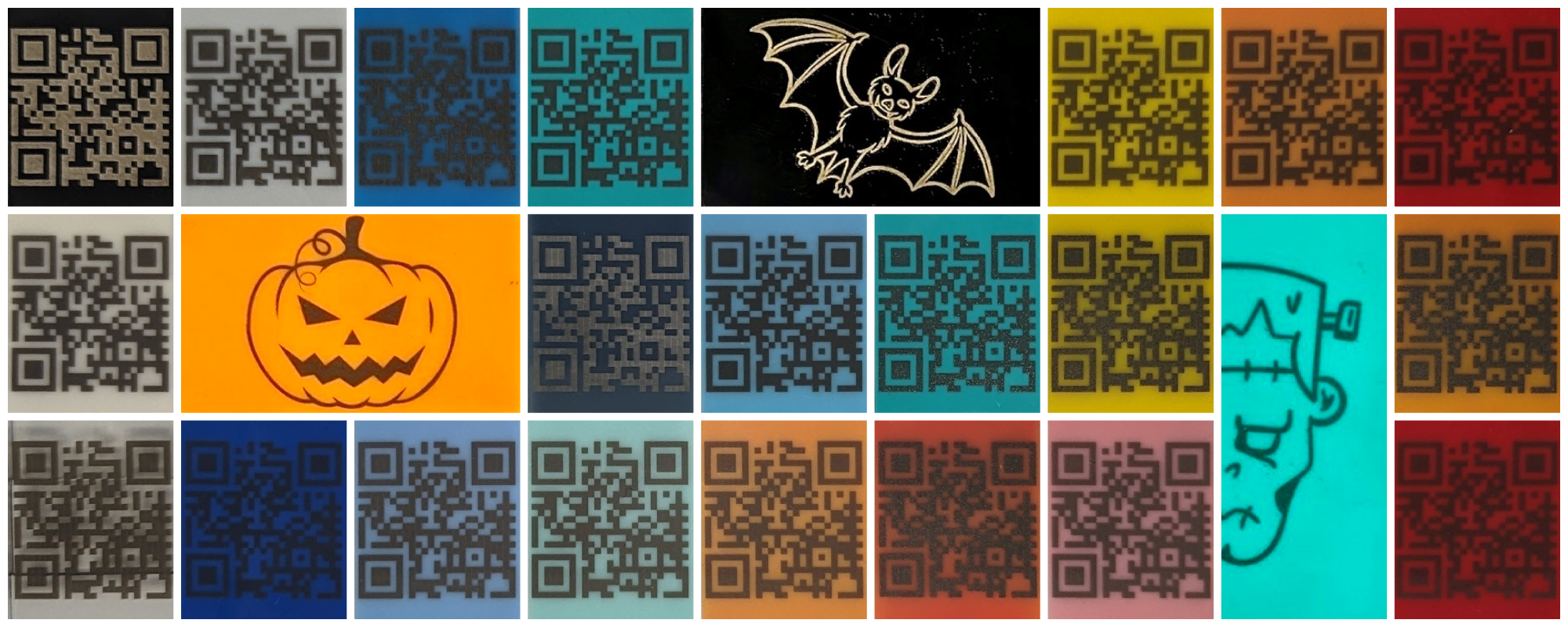Advancing Sustainability in the Plastic Industry: The Impact of Laser Marking Technology
Climate change has accelerated efforts towards a green and sustainable economy. The regulatory landscape is evolving to facilitate the change in people’s habits as well as manufacturing practices. Main activities are centred around increasing reliance on renewable energy sources rather than fossil fuels, improving waste management, efficient recycling and re-use of consumer products, like packaging. These new policies drive innovation in transport, agriculture, technology and manufacturing, including plastics.

Laser marking is a key technology to accomplish the goals of sustainability within the plastics industry. It reduces the need for labels, provides traceability to plastic parts, and improves recycling with digital passports (e.g. through the R-Cycle scheme). Applications of laser marking are limitless and include animal ear tags, automotive parts, decoration, packaging, personalization and identification of high value items.
Advantages of laser marking
- Durability: the mark cannot be removed with chemicals
- Sustainability: no solvent-based inks are needed; no waste
- Speed: full automation / in-line marking possible
- Flexibility: any surface can be marked – soft, hard, irregular, curved
- Cost-efficiency: no consumables needed, minimum maintenance
How does laser marking work?
There are 4 main laser technologies used in the plastic industry:
- NIR lasers: 1064 nm (YAG, Nd:YVO4) and 1090 nm (fiber)
- UV lasers: 355 nm (frequency tripling of 1064 nm (YAG or Nd:YVO4)
- Green lasers: 532 nm (frequency doubling of 1064 nm (YAG or Nd:YVO4)
- CO2 lasers: 10600 nm
The best laser choice always depends on the type of compound to be marked, expected result, type of application and project budget. In this article we will focus on NIR laser marking technology which is cost-effective, safe and suitable for most thermoplastics.
Some polymers can be marked with an NIR laser without any additional additives, like certain grades of polycarbonate which absorbs NIR light. However, the vast majority of polymers require laser sensitive additives to produce good quality mark, because the laser absorption is not high enough. Laser marking additives are added to the polymer formulation along with other components like UV stabilizers, colour pigments, fillers or processing aids.
There are three mechanisms for the production of laser marks:
Figure 3 a-c presents microscopic images of laser marks resulting from carbonization (a), foaming (b) and colour change & carbonization (c). Images are courtesy of Keyence and were obtained with 4K ultra high accuracy VHX 7000 microscope.
Carbonization (Fig. 3a) produces very well-ordered, sharp marks with fairly uniform thickness of 11-14 µm and equal inter-line distances. Foaming (Fig. 3b) gives a very different picture – marks are clearly blurred and uneven with slightly higher thickness of 13-16 µm. Some large trapped gas bubbles, with > 60 µm thickness can clearly be seen. Colour change mechanism (Fig. 3c) results in the flattest marks (5-8 micron), as expected, as the reaction of the laser with the pigment occurs within the polymer and there are no significant volumes of gas produced. In our specific example colour change is combined with carbonization.
Acknowledgment
We would like to thank Jospeh Perrin and Benjamin Bryant from Microscopy Division at Keyence for providing us with microscopic evaluation presented in Figure 3 in this article.


